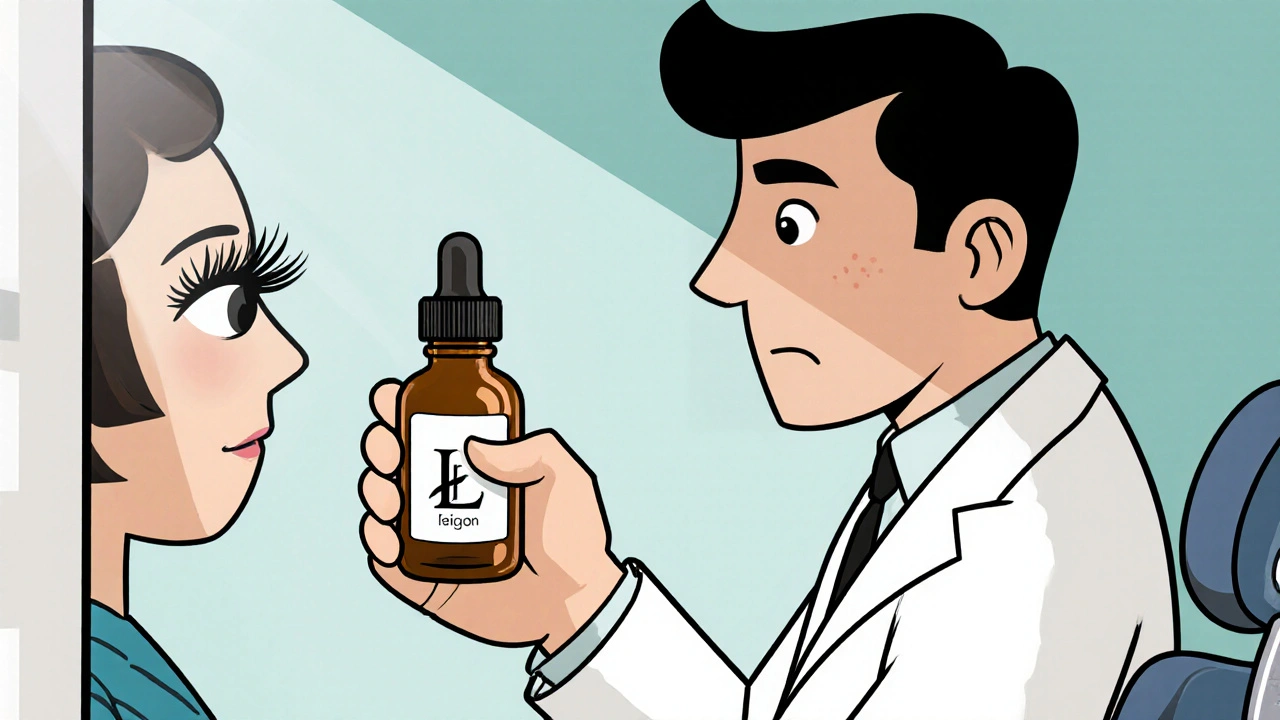
Bimatoprost’s Cultural Impact: How a Glaucoma Drug Redefined Beauty Standards
Explore how the glaucoma drug Bimatoprost reshaped beauty standards, influencing eyelash trends, the cosmetics market, and cultural perceptions of beauty.
When you hear cosmetic trends, visible shifts in beauty products and procedures driven by consumer demand and clinical research. Also known as beauty innovations, it’s not just about what’s popular on social media—it’s about what actually changes skin health over time. The truth? Most trends fade fast, but a few stick because they’re backed by real data, not just filters and influencers.
Take skincare science, the evidence-based study of how topical ingredients interact with skin biology. It’s no longer enough to say a product "brightens" or "tightens." Now we look at molecular pathways—like how niacinamide reduces inflammation, or how retinoids boost collagen by activating RAR receptors. You’ll find posts here that break down exactly how ingredients like cosmetic ingredients, active compounds used in topical formulations to alter skin structure or function work, not just what they claim to do. For example, one guide compares Placentrex (human placental extract) with PRP and stem cell therapies, showing which have real regulatory backing and measurable results.
Then there’s dermal treatments, minimally invasive procedures targeting skin texture, tone, and structure. These aren’t just facials—they include things like microneedling, laser resurfacing, and injectables that alter skin at a cellular level. The posts here don’t just list options—they compare them. Like how Fildena XXX stacks up against Viagra for ED, other articles compare treatments like Tadala Black versus other PDE5 inhibitors, or how Duzela (duloxetine) behaves differently than other antidepressants. That same level of detail applies to beauty: you’ll see side-by-side analyses of what actually works, what’s overhyped, and what’s backed by peer-reviewed studies.
And it’s not just about what’s new. Some of the most valuable insights come from understanding what’s been ignored. Like how proper storage of medications like Lisinopril affects potency—or how hyponatremia in athletes relates to overhydration myths. These aren’t random topics. They’re all part of the same pattern: people are tired of guesswork. They want to know what’s safe, what’s effective, and what’s just marketing.
That’s why this collection exists. You won’t find vague promises like "glow like a celebrity" or "reverse aging in 7 days." Instead, you’ll get clear comparisons: which cosmetic ingredients actually penetrate the skin barrier? Which dermal treatments have FDA clearance versus those sold as "cosmetic devices" with no oversight? Who benefits from Placentrex, and who’s better off with something simpler? These aren’t opinions—they’re breakdowns based on clinical data, patient reports, and real-world outcomes.
Whether you’re curious about the science behind a trending serum, wondering if that new injectable is worth the cost, or just trying to cut through the noise, the posts below give you the facts—not the fluff. No hype. No sponsored posts. Just what the research says, how it applies to you, and what you should actually be looking for next time you shop for skincare or beauty treatments.

Explore how the glaucoma drug Bimatoprost reshaped beauty standards, influencing eyelash trends, the cosmetics market, and cultural perceptions of beauty.